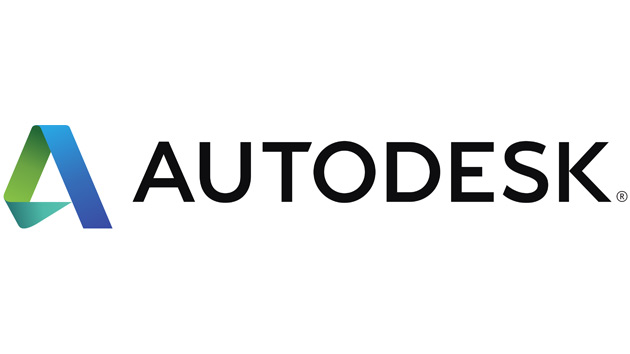Company Gained 13,000 New Customers on Purchase of Solid Angle's Arnold Renderer
Autodesk's new subscription-based business model is encouraging users to move to Autodesk software from other platforms and discouraging piracy, company executives say.
In a conference call discussing third-quarter earnings, Autodesk said total subscriptions grew to nearly 3 million, including 2.1 million maintenance subscriptions (which offer product support and upgrades to owners of perpetual licenses) and 861,000 "new model" product subscriptions. This was Autodesk's first quarter after it discontinued new sales of perpetual licenses for both individual products and suites, requiring new custmers to buy into a subscription or flexible license agreement.
"New customers represented about a third of our new product subscriptions for the quarter," CEO Carl Bass told investors on the call. "We believe some of these people were previously pirating the software and now have a much more affordable option with product subscriptions. This is consistent with the fact that emerging countries are some of the fastest growing areas for product subscriptions. In other cases, these new users have been using an alternative design tool and could now afford software from Autodesk."
Autodesk's net revenue for the quarter was $490 million, a fairly sharp decrease from $600 million in the year-ago period, but that's an expected consequence of a move to a subscription-based business model, where companies trade the higher up-front proceeds from perpetual licenses for predictably recurring revenue streams from subscriptions. Autodesk said it added 168,000 product subscriptions in the quarter, while maintenance subscriptions decreased by 34,000, even after adding 13,000 maintenance subscriptions belonging to Arnold users who came on board when Autodesk acquired Solid Angle earlier this year.
Bass also confirmed that the company plans to converge the two existing subscription models — maintenance and product subscriptions — into a single offering over the next two years. "If you look out to fiscal year 2020, we want to be in a place where, first of all, we have a single kind of offering with a single back office and infrastructure to support it, one that will be a combination of product subscriptions as you see them plus a consumption model on top of it. That's where we see the business heading.
"Along the way, it's how do we motivate customers to move from one model to another in the program, what are the price points, and how does that transition work? In our mind, getting to a single model is really important. It will give the best service to our customers, it will be the most affordable for us to have, [and] we can start getting rid of some of the systems that were designed for a different era and concentrate on giving a world-class experience to users."
Autodesk: www.autodesk.com
Sections: Business
Did you enjoy this article? Sign up to receive the StudioDaily Fix eletter containing the latest stories, including news, videos, interviews, reviews and more.

Leave a Reply